The Fermented Drinks Market is currently characterized by a dynamic competitive landscape, driven by increasing consumer interest in health and wellness, as well as a growing preference for natural and probiotic-rich beverages. Key players such as GT's Living Foods (US), Health-Ade Kombucha (US), and Brew Dr. Kombucha (US) are strategically positioning themselves through innovation and regional expansion. GT's Living Foods (US) has focused on diversifying its product line to include functional beverages that cater to specific health needs, while Health-Ade Kombucha (US) emphasizes organic ingredients and sustainability in its production processes. Brew Dr. Kombucha (US) has adopted a digital-first approach, enhancing its online presence and direct-to-consumer sales channels, which collectively shapes a competitive environment that is increasingly focused on health benefits and consumer engagement.
In terms of business tactics, companies are localizing manufacturing to reduce costs and improve supply chain efficiency. The market appears moderately fragmented, with several players vying for market share, yet the influence of major brands is significant. This competitive structure allows for a variety of product offerings, catering to diverse consumer preferences while also fostering innovation among smaller brands that seek to differentiate themselves.
In August 2025, GT's Living Foods (US) announced the launch of a new line of functional kombucha drinks infused with adaptogens, targeting consumers seeking stress relief and enhanced mental clarity. This strategic move not only aligns with current health trends but also positions the company to capture a growing segment of health-conscious consumers. The introduction of these products may enhance brand loyalty and expand market reach, particularly among younger demographics.
In September 2025, Health-Ade Kombucha (US) unveiled a partnership with a leading health food retailer to create exclusive flavors that incorporate superfoods. This collaboration is indicative of a broader trend towards co-branding and partnerships that leverage the strengths of both entities. By offering unique products that are not available elsewhere, Health-Ade aims to attract new customers while reinforcing its commitment to quality and innovation.
In October 2025, Brew Dr. Kombucha (US) launched a subscription service that allows consumers to receive personalized kombucha selections delivered to their homes. This initiative reflects a growing trend towards convenience and customization in consumer purchasing behavior. By enhancing customer experience through tailored offerings, Brew Dr. is likely to strengthen its market position and foster deeper customer relationships.
As of October 2025, the Fermented Drinks Market is witnessing trends such as digitalization, sustainability, and the integration of artificial intelligence in product development and marketing strategies. Strategic alliances are increasingly shaping the competitive landscape, enabling companies to leverage shared resources and expertise. Looking ahead, competitive differentiation is expected to evolve, with a shift from price-based competition to a focus on innovation, technology, and supply chain reliability. Companies that can effectively harness these trends will likely secure a competitive edge in this rapidly evolving market.
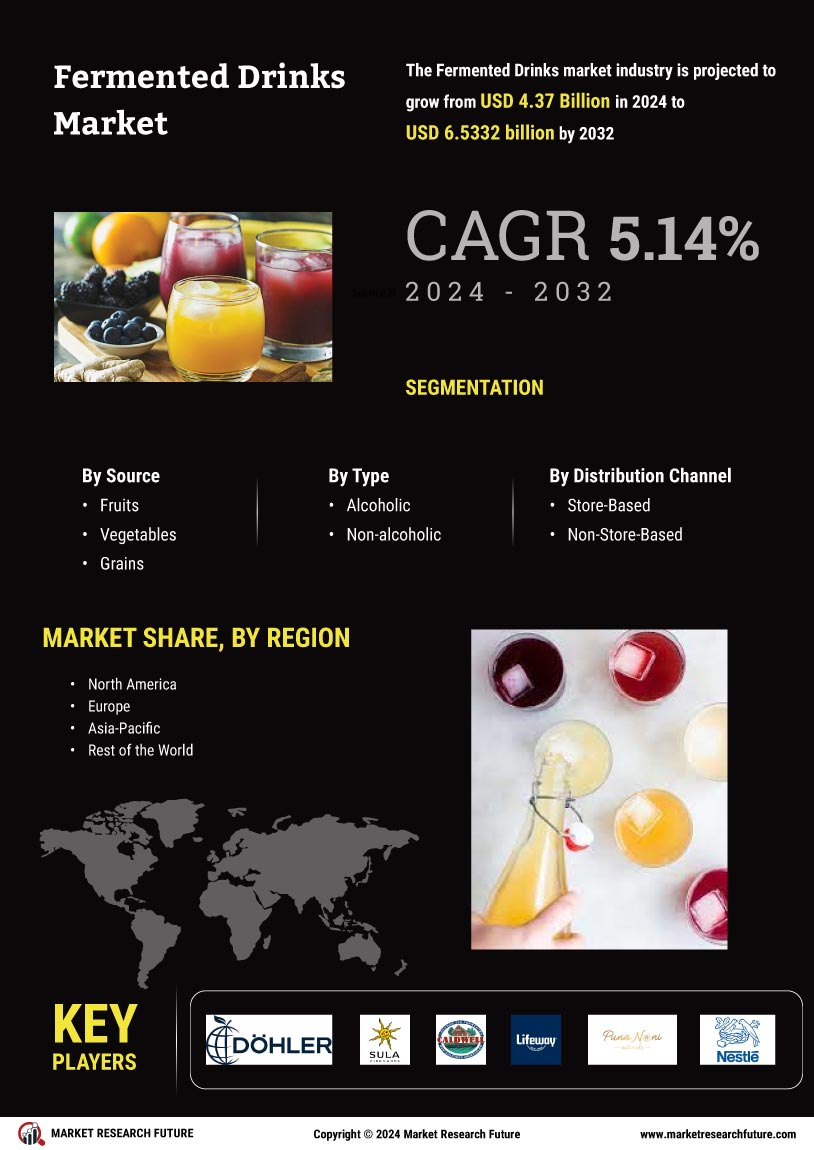

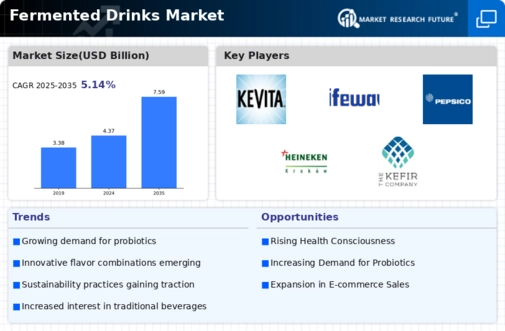

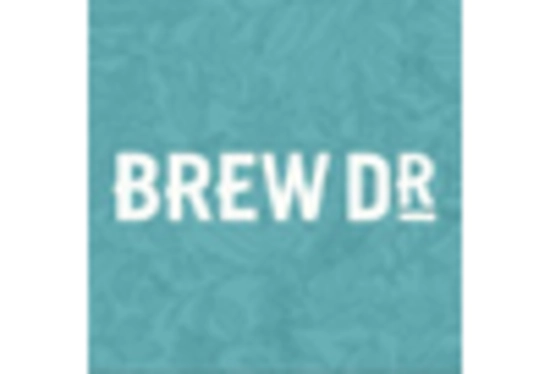


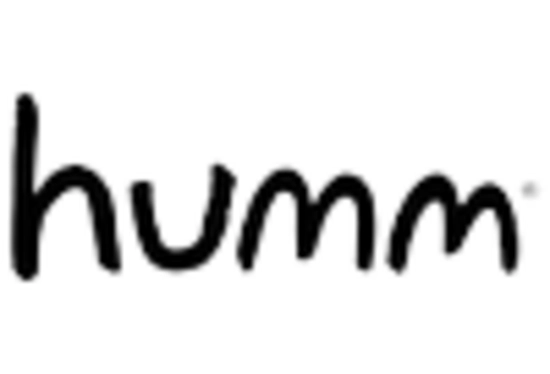
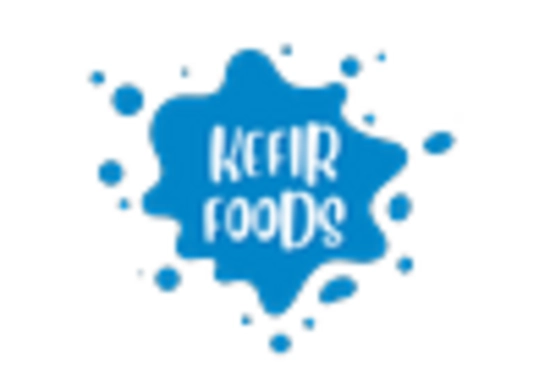
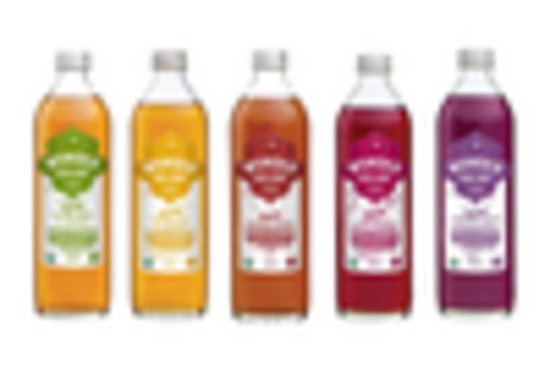








Leave a Comment